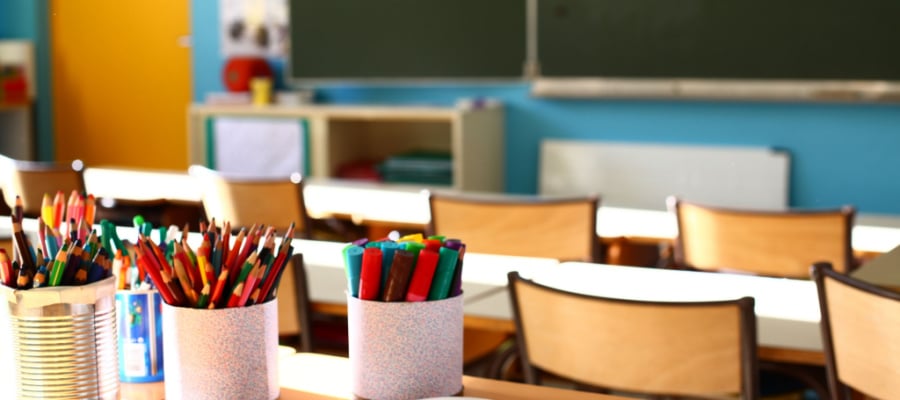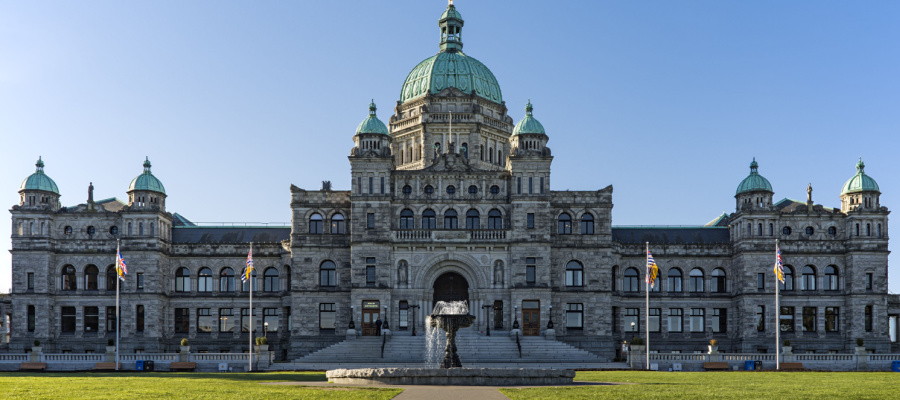BC’s Awkward Surplus
On Tuesday, the Ministry of Finance reported results from the first quarter of 2014/15. While the news release stated “B.C.’s budget remains balanced in spite of extra costs,” there is a projected surplus of $266 million for the current fiscal year. In reality it will likely be much higher, due to the usual practice of using conservative planning assumptions. Even in the updated budget, some $500 million is allocated to contingency funds and a forecast allowance. So figure a year-end surplus in the $1 billion range.
For the next two years in the fiscal plan, the story gets brighter, with a surplus in 2016/17 reaching $1.4 billion if we include contingencies and forecast allowance. So there would appear to be plenty of room to settle any financial costs associated with the teacher’s strike. Perhaps the education minister is not getting briefed by the finance minster, when he claims settling the dispute would necessitate tax increases.
What’s also interesting in the release is that BC had some unanticipated costs. The province is warmer and drier, and prone to greater costs from wildfires (thank you, climate change, something our government is seeking to make worse through its reckless LNG plans). Unplanned costs from fighting fires this summer added $287 million in expenditures in 2014/15, but I do not recall anyone from the cabinet claiming we could not afford to fight those fires, or that we would need to raise taxes to do so and that was unacceptable.
Nonetheless, that the budget situation still looks so good after absorbing the cost of necessary fire fighting only underlines the fact that BC’s fiscal situation is solid. Over the longer-term, we see that BC’s debt-to-GDP is one of the lowest in the country at 18.1%, and this is forecast to come down. Even absent a surplus, if BC increased its debt to fund education it would cost about 4.2%, whereas economists estimate rates of return to education investment in the double digits.
So there is no obvious financial barrier to investing in children. We do that by having smaller class sizes and well-resourced teachers, which is what the teachers’ strike is really about. In fact the teachers’ bargaining proposal would see them lose money due to inflation over the life of the deal. As of 2011, BC already had the lowest paid teachers and the biggest class sizes in Canada.
Those smaller class sizes – better working conditions – are what teachers in private schools get, and the flip-side for those students is opportunities for enriched learning that pay off over a lifetime. Presumably, this is why the Premier’s son attends BC’s most elite private school. I can relate: I was sent to Upper Canada College in Toronto, because my mother thought it would give me a better education and a leg up in life (it’s not all rosy; I’ve chronicled some of my UCC experiences here).
The point is that all children deserve an investment of the type we give to kids at private schools. In fact, kids at private schools get half the per student funding that we provide to the public system. While the public schools are closed, publicly-funded private schools are open.
If we care about breaking the cycle of rising inequality and the runaway rich, major investments in education from early learning and child care all the way through to post-secondary are needed. That’s a bigger task, one for which we may indeed need to raise our taxes, but remember that BC has the lowest taxes in the country.
This dispute must end. It’s unfair to kids and is having a hidden toll on our economy. There is no reason why BC cannot afford to really put families first, and invest in a first-class public system.
Topics: Children & youth, Education, Provincial budget & finance, Taxes


